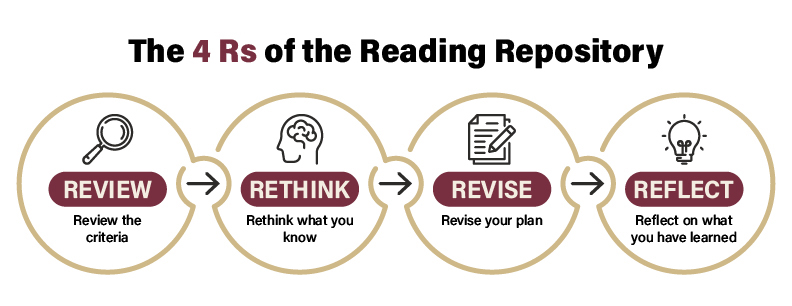
The Reading Program Repository was established to support Florida Local Education Agencies (LEAs) with being good consumers of research when selecting reading programs that best meet the needs of their students. The collection of reading programs listed in this repository is based on LEA program selections through the High-Quality Reading Curriculum Grant and is expanded annually to include programs submitted in District Comprehensive Evidence-Based Reading Plans. Each of the programs included in the repository have been reviewed by either the What Works Clearinghouse or Evidence for ESSA. You can use the filter below to pull information on specific programs. Click on a program sub-header for quick-glance information, or on the "READ MORE" link for a full program description.
FCRR has not evaluated any programs on this site. FCRR does not and will not endorse or approve the use of any program on this site. Inquiries about programs in the repository should be directed to Just Read, Florida! at the Florida Department of Education.
Every Student Succeeds Act (ESSA) |
What Works Clearinghouse (WWC) |
|---|---|
|
ESSA defines strong, moderate, and promising evidence of effectiveness for literacy and reading interventions.
In addition to Promising, Moderate, and Strong Evidence for ESSA also provides an average effect size (e.g. + .23) or a number indicating how much of a difference a program made in student learning. For more information: https://www.evidenceforessa.org/page/frequently-asked-questions |
WWC Improvement Index The WWC examines research about literacy and reading interventions and assigns an improvement index, which can be interpreted as the expected change in percentile rank for an average control group student if the student had received the intervention. An improvement index translates an effect size into percentiles. For example, a +6 rating represents a percentile rank improvement of 6 for students receiving an intervention relative to control students who did not receive the intervention. For more information: https://ies.ed.gov/ncee/wwc/Docs/referenceresources/ |
The programs in the repository have been rated for their evidence of effectiveness (according to ESSA) or improvement (according to the WWC) on measures used in research studies. To better understand these ratings, please view Understanding ESSA and WWC Ratings.
However, FCRR has not reviewed these programs for specific components of reading instruction or for their use of specific instructional practices. There are free, evidence-based guides and rubrics for evaluating instructional and intervention materials to help educators assess how consistent they are with the scientific research on reading, language, and literacy instruction. We encourage you to use the following resources to review programs:
Every Student Succeeds Act (ESSA) |
What Works Clearinghouse (WWC) |
|---|---|
|
ESSA defines strong, moderate, and promising evidence of effectiveness for literacy and reading interventions.
In addition to Promising, Moderate, and Strong Evidence for ESSA also provides an average effect size (e.g. + .23) or a number indicating how much of a difference a program made in student learning. For more information: https://www.evidenceforessa.org/page/frequently-asked-questions |
WWC Improvement Index The WWC examines research about literacy and reading interventions and assigns an improvement index, which can be interpreted as the expected change in percentile rank for an average control group student if the student had received the intervention. An improvement index translates an effect size into percentiles. For example, a +6 rating represents a percentile rank improvement of 6 for students receiving an intervention relative to control students who did not receive the intervention. For more information: https://ies.ed.gov/ncee/wwc/Docs/referenceresources/ |
The programs in the repository have been rated for their evidence of effectiveness (according to ESSA) or improvement (according to the WWC) on measures used in research studies. To better understand these ratings, please view Understanding ESSA and WWC Ratings.
However, FCRR has not reviewed these programs for specific components of reading instruction or for their use of specific instructional practices. There are free, evidence-based guides and rubrics for evaluating instructional and intervention materials to help educators assess how consistent they are with the scientific research on reading, language, and literacy instruction. We encourage you to use the following resources to review programs:


